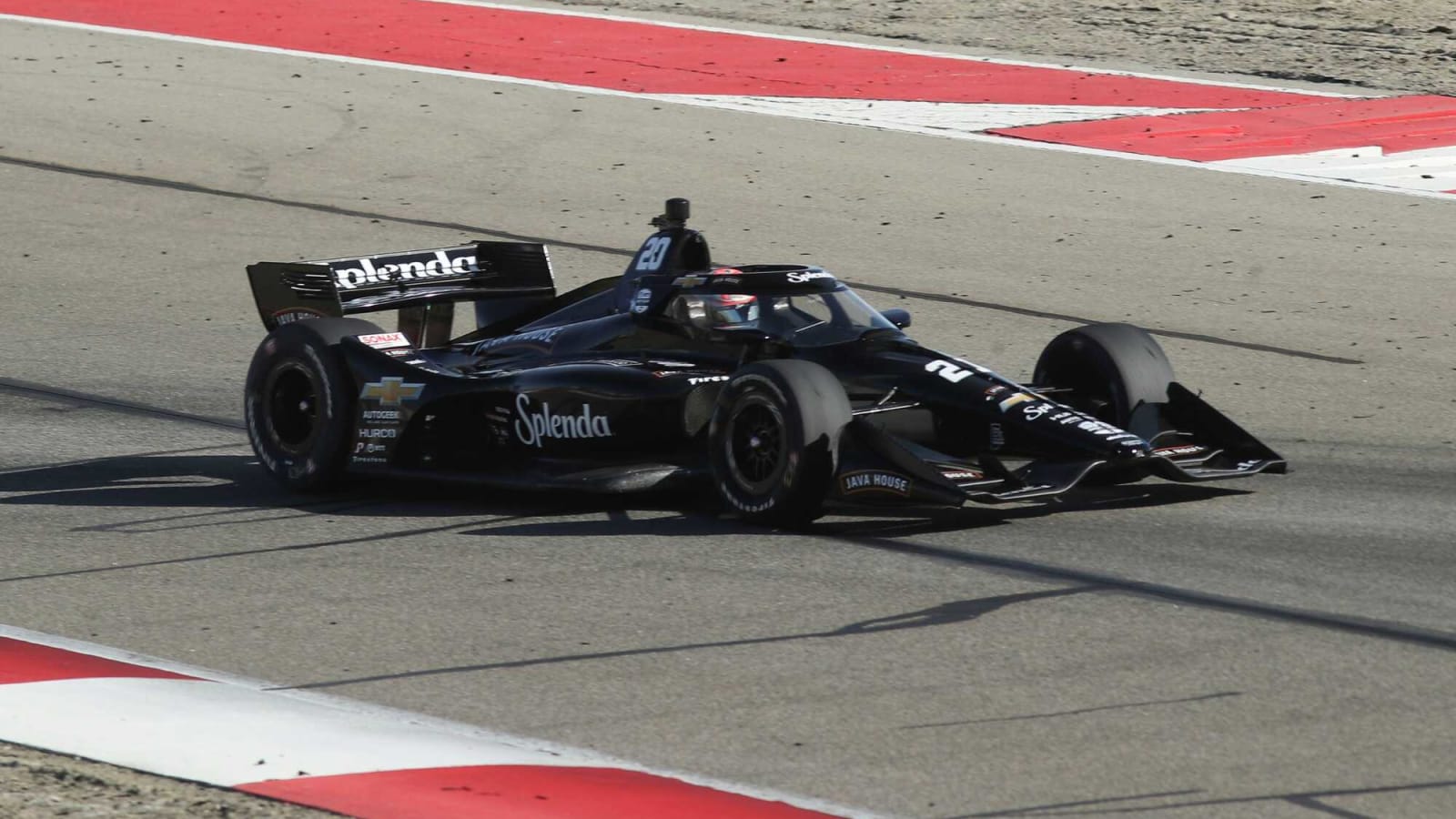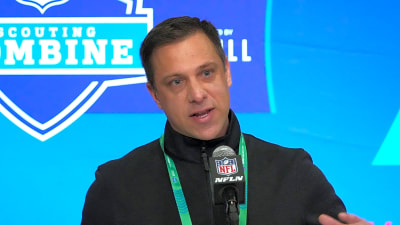
The upcoming section of the IndyCar 101 Series focuses on the anatomy of an IndyCar. We will examine the chassis, engines, and tires and how these components can vary depending on the track.
Indy 101: The DW12 Chassis
All IndyCar teams use the same Dallara-brand chassis, which many fans know as the DW12 after the late Dan Wheldon, who helped test the design. The DW12 debuted in 2012 and has had several major updates including the 2018 universal Aerokit and the 2020 addition of the Aeroscreen.
IndyCar standardizes the aerodynamic elements of their cars using universal aero kits. This development has reduced expenses for the teams. It also contributed to an even greater level of competitiveness within the already closely matched IndyCar series.
While the major components are the same, IndyCar is not a spec series. There are many places for team development and innovation. Things like shock absorbers wing angles and other aero setups, tire pressure, and ride height are up to the teams to decide which setup works for the type of track it will drive on.
The chassis regulations can change based on track type.
Weight: Approximately 1,785 pounds (road/street Courses). 1,775 pounds (short ovals configuration). 1,635 pounds (speedways configuration) which doesn’t include fuel, driver, drink bottle, and contents or driver equivalency weight.
Width: Front: 76.75 inches maximum, 75.75 inches minimum. 75.91 inches minimum and 76.91 inches maximum for ovals. Rear: 76.66 inches maximum, 75.66 inches minimum. 75.75 inches minimum and 76.91 inches maximum for ovals.
The Engine: Honda vs Chevrolet
For the 2025 season, IndyCar will have 11 full-time teams, with the newest addition of Prema. Teams are split between two engine manufacturers: Honda, and Chevrolet.
Each IndyCar has a 2.2-liter V-6 twin-turbocharged with hybrid technology. The technology, developed collaboratively with Chevrolet and Honda, was introduced last season at the Mid-Ohio Sports Car Course.
This hybrid system consists of the Motor Generator Unit (MGU) and the Energy Storage System (ESS). They are located in the bellhousing between the engine and the gearbox. The power unit creates and transfers energy via the MGU, storing it in the supercapacitor ESS. The additional horsepower is utilized through the same motor generator.
The revised power unit features improved horsepower and ‘push-to-pass’ capabilities. This hybrid system generates 900 horsepower and permits the use of the push-to-pass function without any limitations on the total duration of a race.
INDYCAR hopes the hybrid power unit will enhance racing action and further the series’ efforts to deliver the most competitive motorsport on the planet.
Tires by Firestone
All IndyCar cars use the same tires provided by Firestone. They provide four types of tires specifically engineered for the type of course they will be used on.
Primary Black: The black sticker primary Firestone race tires offer a competitive balance between speed, cornering, and durability and are used on all three types of tracks.
Alternate Red: Red alternate tires have a softer compound than primary tires, allowing for faster speeds and better cornering, but quicker wear. They are used on permanent road tracks only.
Alternate Green: Starting in 2023, alternate green race tires have been provided for all temporary street course races and feature natural rubber extracted from guayule shrubs
Rain: grey sticker tires are made for wet conditions and use a grooved tread pattern that improves grip, and control and helps prevent hydroplaning. Rain tires are used on road and street courses only, as they don’t run oval races if conditions are wet.
Next, you’ll get to know the drivers on the 2025 grid of both Indy NXT and IndyCar.
More must-reads:
- Details emerge in crash that killed ex-NASCAR driver Greg Biffle
- Key stat shows the Canadiens have a serious team problem
- The 'Most multi-rushing-TD NFL games' quiz
Breaking News
Trending News
Customize Your Newsletter
 +
+
Get the latest news and rumors, customized to your favorite sports and teams. Emailed daily. Always free!








